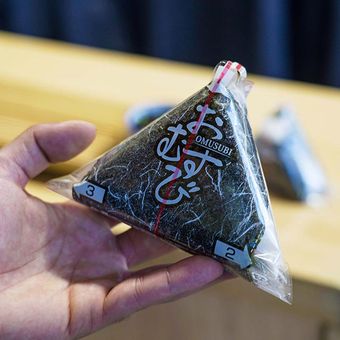My Pandan Cake in Toronto is making Singapore's national cake
Eat Me
Posted on January 11, 2022
My Pandan Cake specializes in Singapore's pandan chiffon cake. This sponge-like cake is made using a combination of techniques and flavours of southeast Asia and Dutch influence.
Produced, filmed and edited by Aaron Navarro. Hosted by Azalea Hart
Your inspiration for places to eat and things to do in Toronto. Plus news, events and more. New videos posted daily. View all videos


































